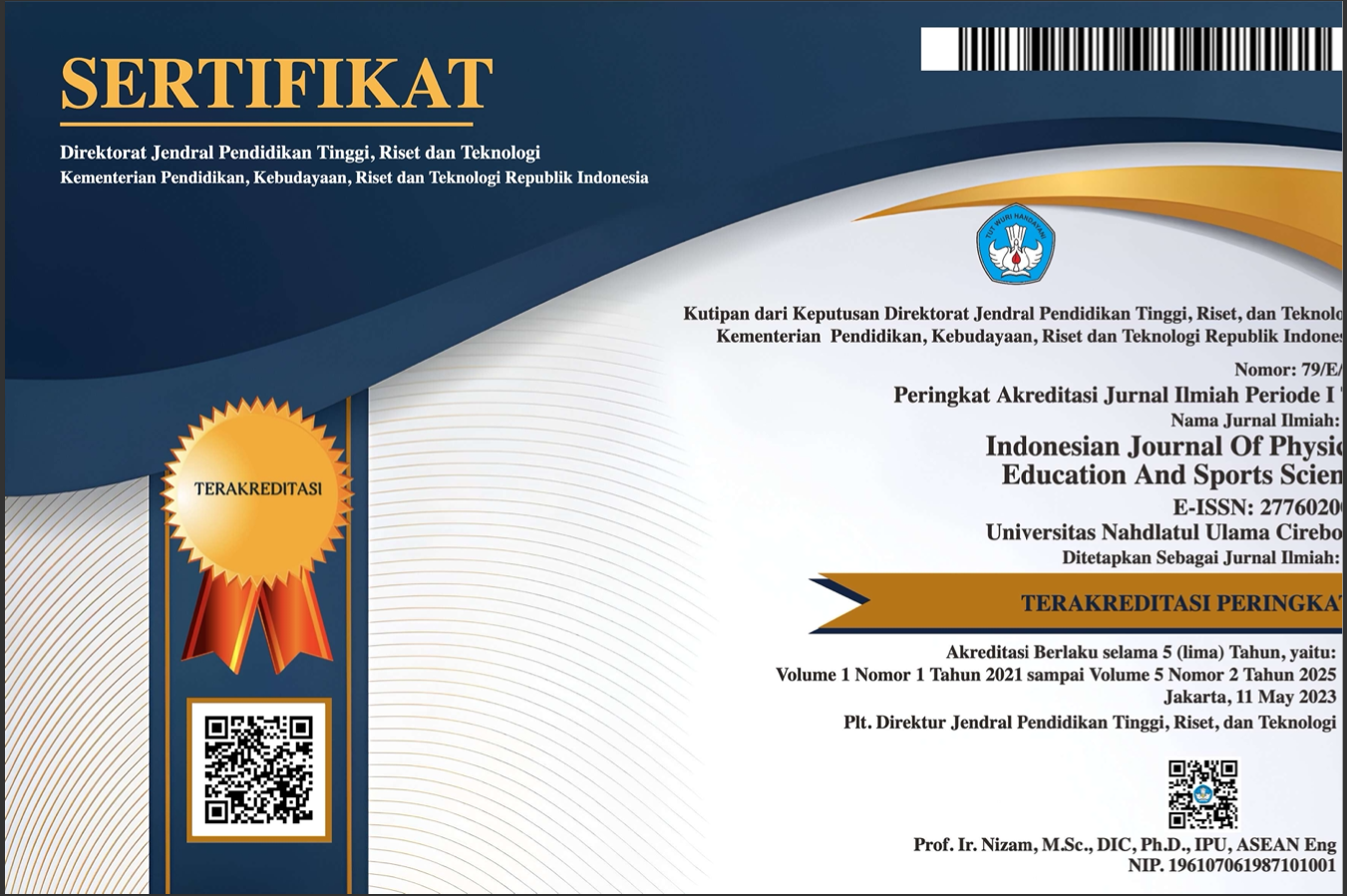The Neurocognitive Effect Of Augmented Visual Feedback On Learning The Back Handspring Skill In Gymnastics Among College Students Diverse Learning Methods
DOI:
https://doi.org/10.52188/ijpess.v5i3.1435Keywords:
Motor Skills, Electromyography, Visual feedback, Learning, Learning StylesAbstract
Study purpose. This study examines the impact of enhanced visual feedback on learning the back handspring in gymnastics among female students, focusing on the interaction between learning styles (visual, auditory, sensory/kinesthetic) and performance improvement.
Materials and methods. Thirty second-year female students were divided into three groups based on their learning style (visual, auditory, sensory/kinesthetic). The study used the VARK scale, EMG device for muscle response measurement, slow-motion video for visual feedback, and performance evaluation forms. Pre- and post-tests were conducted, with feedback tailored to each group's learning style.
Results. Significant improvements were observed in all groups. The Visual Group showed the highest improvement (p < 0.01), followed by the Kinesthetic Group (p < 0.01), and the Auditory Group (p < 0.05). ANOVA revealed significant differences between groups (p < 0.01). The Visual and Kinesthetic Groups showed an inverse relationship between response time and performance accuracy, while the Auditory Group did not.
Conclusions. The study concluded that visual feedback significantly enhances motor skill learning, particularly for visual learners. Sensory feedback also contributed to performance improvement. The Visual Group showed the best results, highlighting the importance of aligning teaching methods with learning styles for optimal performance. EMG data confirmed that visual and sensory feedback improves neuromuscular response speed and accuracy.
Published
How to Cite
Issue
Section
Copyright (c) 2025 Maysaa Ridha Ghanim

This work is licensed under a Creative Commons Attribution-NonCommercial-ShareAlike 4.0 International License.











